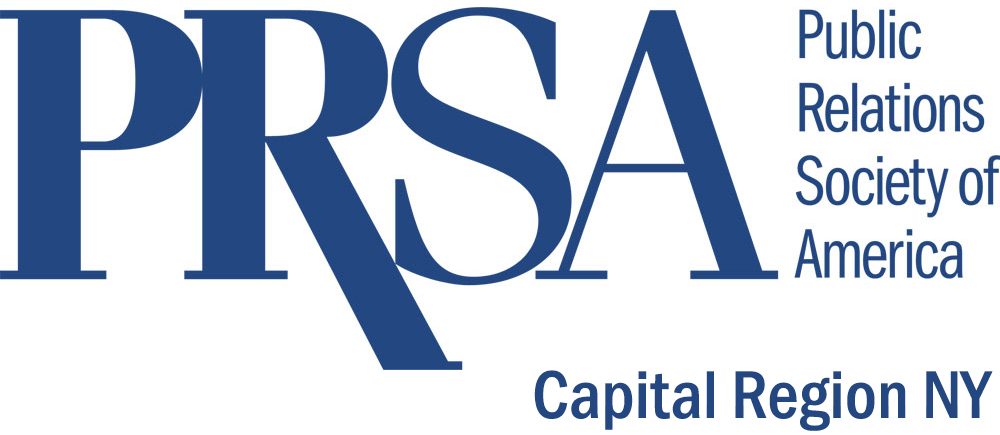By David Alexander
Assistant Athletic Director/Sports Information Director, College of St. Rose
Director at Large, PRSA Capital Region
Fall is in the air and that means only one thing, change. However, while most of us associate fall with the beautiful foliage that permeates Upstate New York, there is also change happening at an unprecedented rate in another fall rite of passage, college football.
The landscape has changed dramatically throughout the last year alone. You almost need a score ticker to understand which schools are playing in which conferences. But, who can blame them for the ongoing shift?
How did this all get started and why? Well it is about – surprise – generating revenue and gaining exposure in an ever-increasing competitive and media environment, the latter of which is becoming progressively more saturated and thus diluted with sports programming in general.
College football really began to become a cash cow in the 1990’s because of an abundance of television network deals that were formulated on the heels of the creation of the College Football Association (CFA). A court decision a decade earlier stripped the NCAA of its sole authority to negotiate contracts for football, and so the conferences stepped in and the bidding was on. The marketing and public relations campaigns soon followed.
The CFA, basically the forerunner of the Bowl Championship Series (BCS), was a working group of all of the major football schools in the NCAA who collectively negotiated television deals. More and more college bowl games were subsequently launched as an increasing number of cities across the country craved for the financial windfall that college football offered.
A byproduct of this was a promotional blitz that rivaled that of any professional sports organization as the BCS, and its members, aspired to acquire its piece of the revenue pie and tell its story of athletic, academic and social integrity. Well, we now have almost a 12 month “Heisman Watch”, college football contests televised on nearly every night of the week, and ongoing talk show chatter of the “national championship picture” before we have turned our calendars to October.
Where does this game stop? Some believe it may never really stop and that change is inherent as consumers’ viewing habits adjust with the ongoing implementation of various new technologies. However, most believe that eventually there will be four, 16-team “super conferences” featuring schools that have little in common, especially geography and traditional rivalries, aside from their ability to generates millions upon millions of dollars, for themselves.
Thus, there will be a financial and branding windfall for some 64 schools among the more than 1,000 that comprise the NCAA throughout its three divisions.
There will also be some costs as well, including great rivalries gone by the waist side, the rich getting richer, and most unfortunate; an even greater commercial presence in what is supposed to be an amateur endeavor comprised of students taking advantage of their athletic opportunities by learning the values of teamwork, discipline and self-sacrifice.
